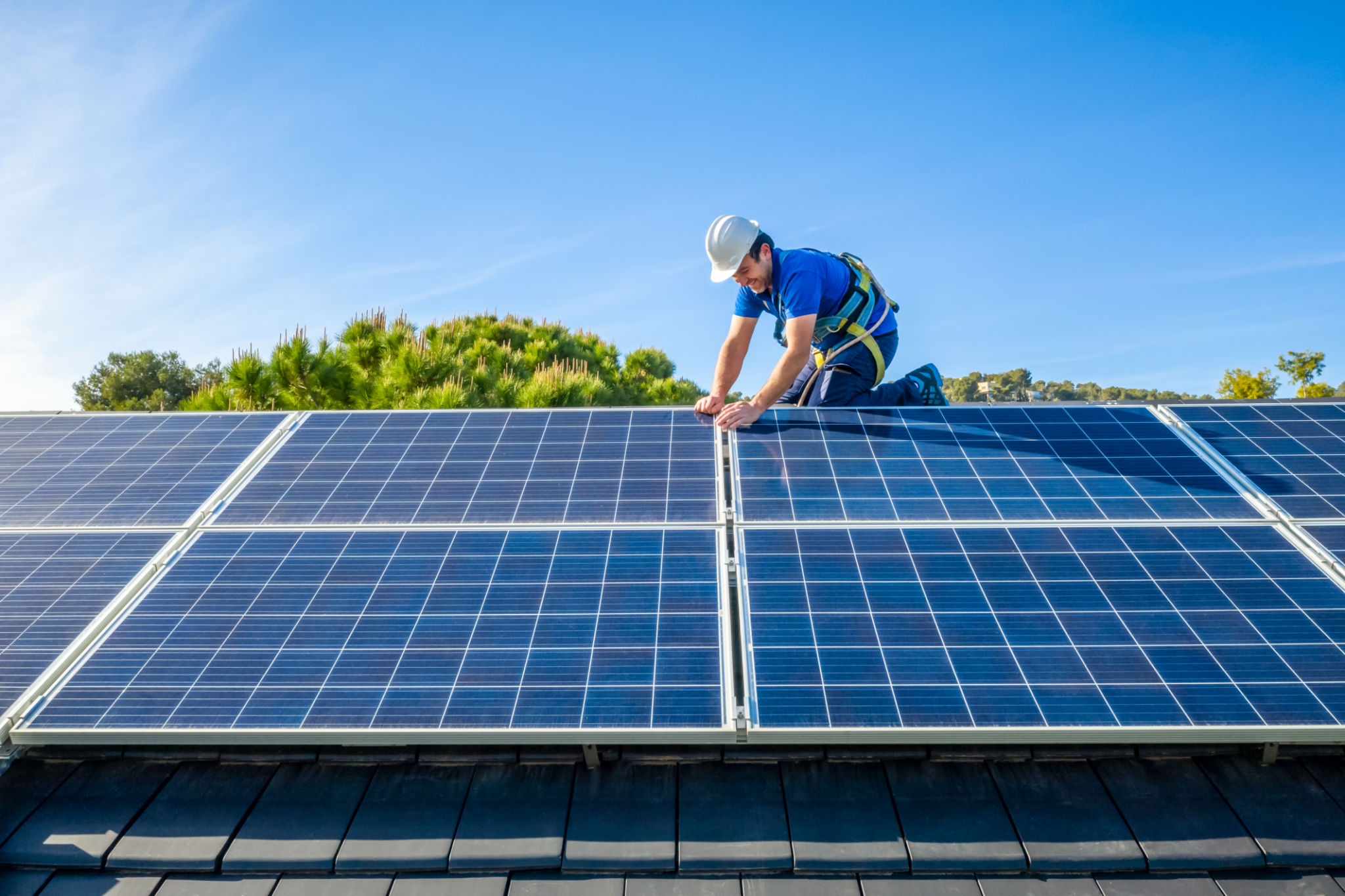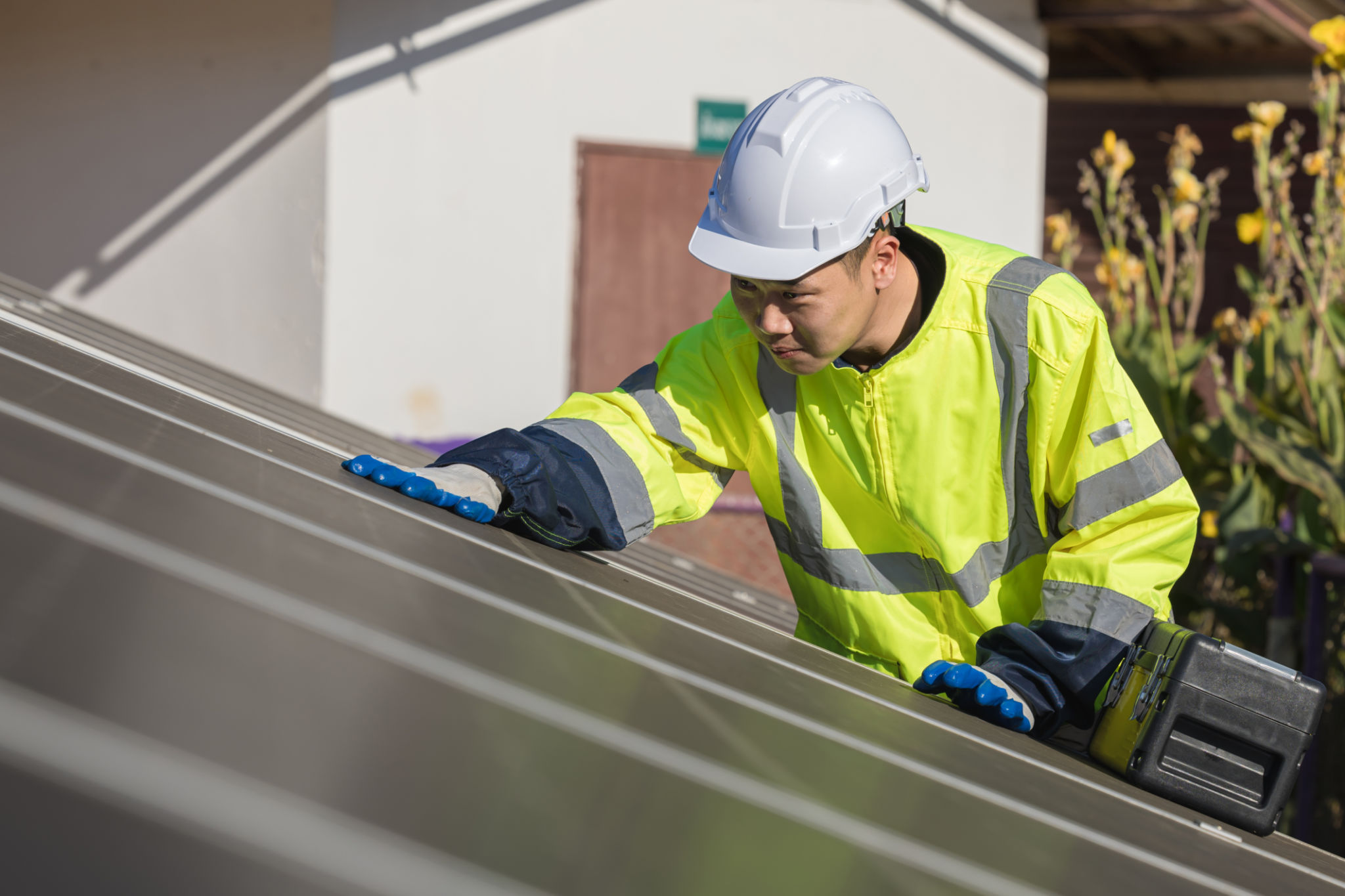Preparing Your Home for Solar: Seasonal Considerations in South Australia
Understanding South Australia's Climate
When preparing your home for solar installation in South Australia, it’s essential to consider the region's unique climate. South Australia experiences hot, dry summers and mild, wet winters. Therefore, the seasonal variations can impact solar panel efficiency and maintenance requirements. Understanding these seasonal factors can help optimize your solar energy system for maximum performance.

Summer Preparations
Summers in South Australia are often characterized by intense heat and prolonged sunshine, which are ideal for solar energy generation. However, the high temperatures can also pose challenges. It is crucial to ensure that your solar panels have adequate ventilation to prevent overheating, which can reduce efficiency.
Consider trimming any overhanging branches or foliage that might cast shadows on your panels during peak sunlight hours. Additionally, check the positioning and angle of your panels to ensure they capture the most sunlight during the long summer days.
Winter Adjustments
During the winter months, South Australia experiences more cloud cover and less direct sunlight. To prepare for this, it might be beneficial to adjust the tilt angle of your solar panels to capture more of the low-angle winter sun. Regularly cleaning your panels is also essential during this time to remove debris and maximize light absorption.

It's also a good idea to assess your energy consumption patterns. With shorter days and increased energy demand for heating, you might need to adjust your usage or consider additional battery storage to ensure energy availability during cloudy days.
Maintenance Throughout the Year
Maintaining your solar energy system is vital for ensuring long-term efficiency and performance. Regular inspections are recommended to check for any damage or wear, particularly after extreme weather events such as storms or hail, which are not uncommon in South Australia.
Conducting routine checks of the inverter and wiring can prevent potential issues from escalating. By keeping an eye on your system's performance through monitoring tools, you can quickly identify any dips in energy production, which may indicate a need for maintenance.

Government Incentives and Rebates
South Australia's government offers various incentives and rebates for homeowners who install solar energy systems. These can significantly reduce the initial costs of installation. It's crucial to stay informed about these programs, as they can change over time.
Researching and applying for these incentives can provide financial relief and make solar energy a more accessible option for many households. Ensuring that your installation complies with local regulations is also important to qualify for these benefits.
Choosing the Right Solar Provider
Selecting a reputable solar provider is critical to ensuring a successful installation and ongoing support. Look for providers with experience in the local climate and a track record of reliable service. This ensures that your system is tailored to the specific needs of South Australia's seasonal conditions.
Request quotes from multiple companies and ask about their maintenance services to compare options. A good provider will offer comprehensive support from installation through the lifespan of your solar panels.

Conclusion
Preparing your home for solar in South Australia involves understanding the local climate and adjusting your system accordingly. By taking into account seasonal considerations, maintaining regular system checks, and leveraging government incentives, you can maximize your investment in solar energy. With careful planning and the right support, harnessing the power of the sun can be a rewarding and sustainable choice for your household.
